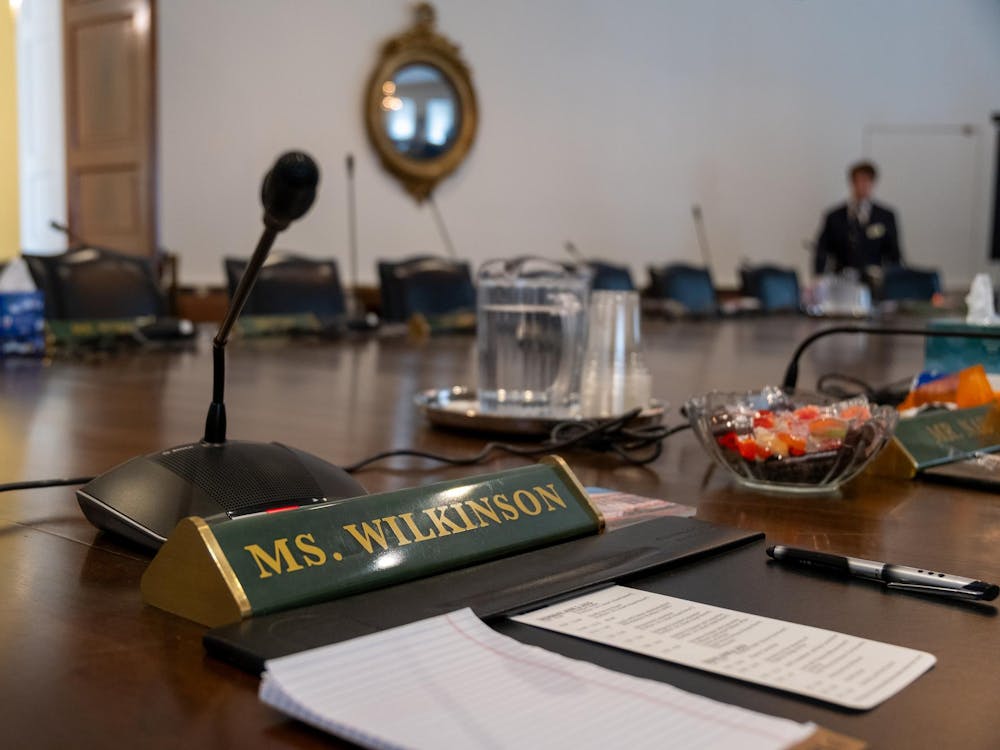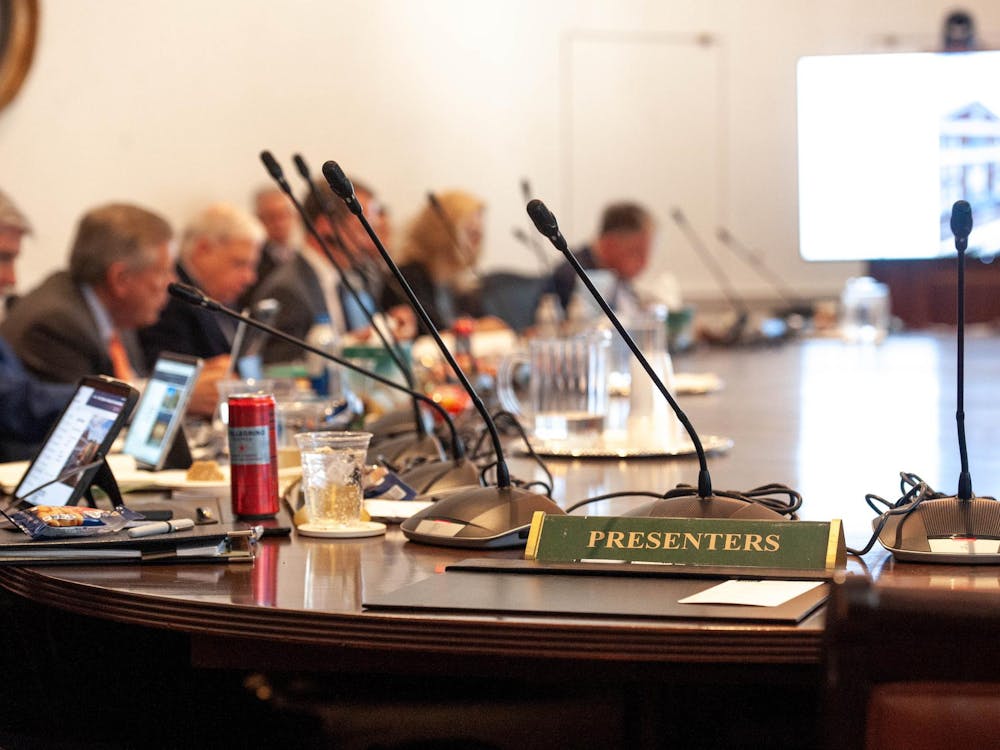In the current economic downturn, with jobs scarcer than usual, staying out of debt can be difficult for college students and young graduates. Meanwhile, higher education institutions across the country, including the University, are entering into more and more relationships with banks, allowing those financial institutions access to student and alumni information such as names and addresses and giving them permission to set up tables at athletic events in order to market credit cards.
According to a nationwide study by the U.S. Public Interest Research Group about two-thirds of the 1,500 students surveyed reported having at least one credit card.
The University currently has a relationship, maintained by the Alumni Association, with Chase Bank. The University receives an annual payment from Chase, Alumni Association President Tom Faulders said, which is split between the Alumni Association, the athletic department and the University as a whole. In return, the Alumni Association provides the names and addresses of alumni to Chase, but does not provide the names or addresses of current students, Faulders noted. Chase also has permission to hold tabling events, “primarily at athletic events,” Faulders said.
Though the intent is to market credit cards to alumni, anyone can sign up for a credit card at the tables, including current students.
These types of tables are what concerns US PIRG, said Christine Lindstrom, US PIRG Higher Education Program director. When banks promote credit cards at tables on school campuses, a recent study shows, students are often offered free gifts — from T-shirts to food to airline miles — in exchange for signing up for a card.
“The PIRGs are not against students getting credit cards,” Lindstrom said. “What the PIRGs are against is overly aggressive marketing techniques and the unfair credit products that are offered on campuses, which together can unnecessarily plunge students into debt.”
Lindstrom noted credit cards offered on campuses often have high penalty fees and rates and have conditions allowing a company to raise interest rates if the student is late in paying an unrelated bill, such as a cell phone bill.
“These conditions pile too much debt onto students, and their balance gets harder and harder to pay off,” Lindstrom said.
Commerce Prof. Karin Bonding, however, said it is more dangerous for students to be unable to obtain a credit card.
“So many things from now on depend on good credit,” she said, citing renting an apartment, getting a job and signing up for car insurance as processes requiring a good credit score.
Obtaining a credit card is important for students, but using the credit cards properly is key, said Bonding, who teaches a class on personal finance.
“To properly use them is to pay attention,” she explained. “It is a loan, and it’s a loan that always needs to be repaid ... The best way to demolish your credit score is by late payments.”
On Grounds and at other colleges and universities, though, most credit cards are not necessarily marketed to students — rather, they are marketed to extended members of a school’s community.
Betty Riess, spokesperson for Bank of America, one of the biggest credit card issuers on colleges and universities’ campuses, said the majority of the bank’s collegiate affinity card programs are with alumni associations or athletic departments.
“The primary market for these cards are fans, alumni, parents and non-students who want to support the school,” Riess said. “Students only account for about 2 percent of all open accounts [under the programs].”
Faulders said that under the University’s current agreement with Chase, the bank is allowed to market to students, but chooses not to.
Lindstrom, though, said banks may target students even without the permission of the school.
“Over 75 percent of students surveyed [nationwide] said they had been approached on campus by a bank marketing credit cards,” she said. “I doubt that the bank [representatives] refuse applications to students, even if the terms under which they were allowed to market were to target non-students.”
Bank of America’s credit limit for undergraduate students is $2,500, and the bank is dedicated to providing an educational component, Riess said, including a financial literacy handbook and a Web site about topics including money management and identity theft.
“Our objective is to create the foundation for a long-term banking relationship and help students establish a credit history that enables them to achieve longer-term financial goals,” she said.
Faulders also said education is an important component of the Alumni Association’s credit card program.
“We provide seminars and online information on how to use credit cards responsibly,” he said.
The University’s relationship with Chase will end in October 2009, Faulders said, at which time the Alumni Association will either renew its agreement with Chase or sign a contract with another bank.
“We hope to choose by summer,” Faulders said.
Regardless of which bank the University chooses, Faulders said, the new contract probably will not allow access to the current student population.
“The student population is viewed as being more vulnerable,” he said. “There are lots of horror stories about students who have gotten into a great degree of debt not understanding how credit cards work ... We don’t want to put undue pressure on students.”






